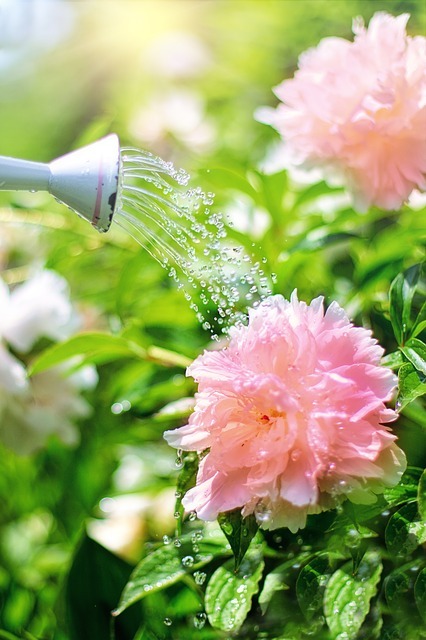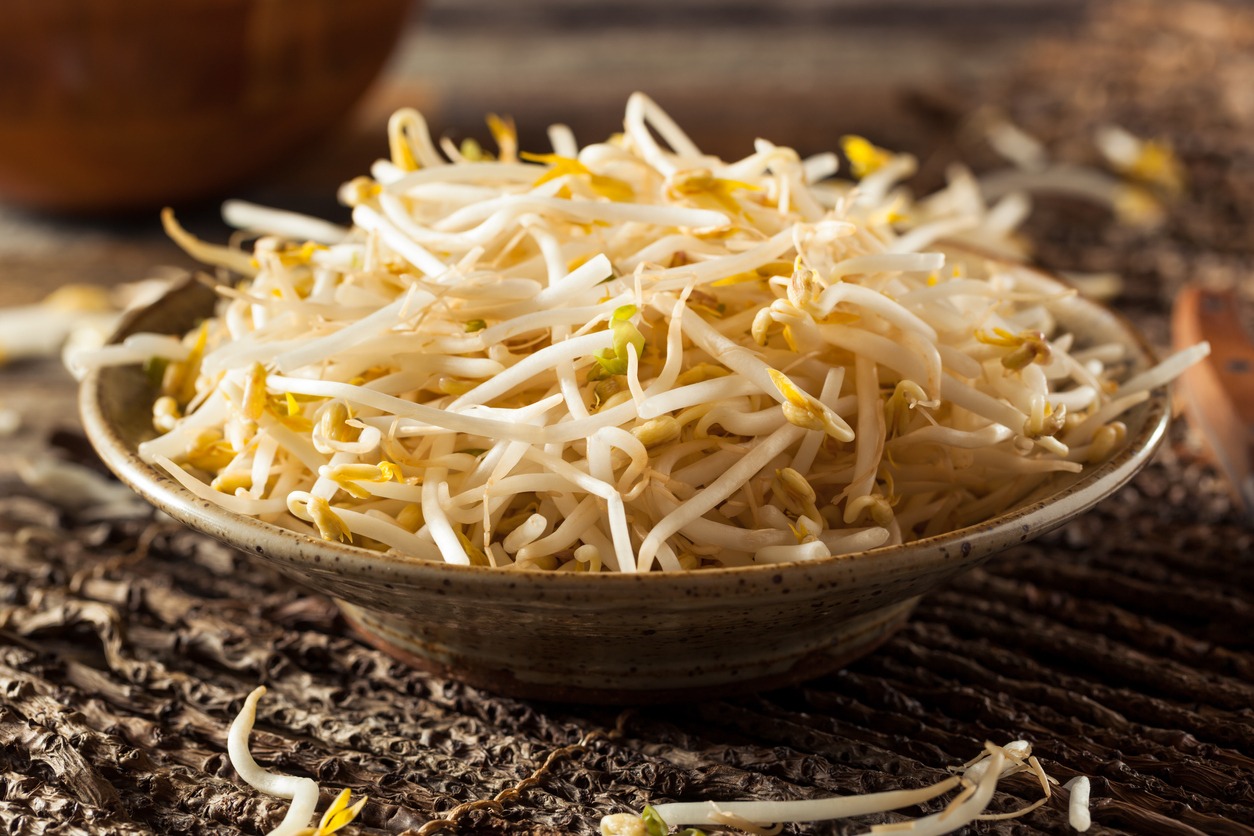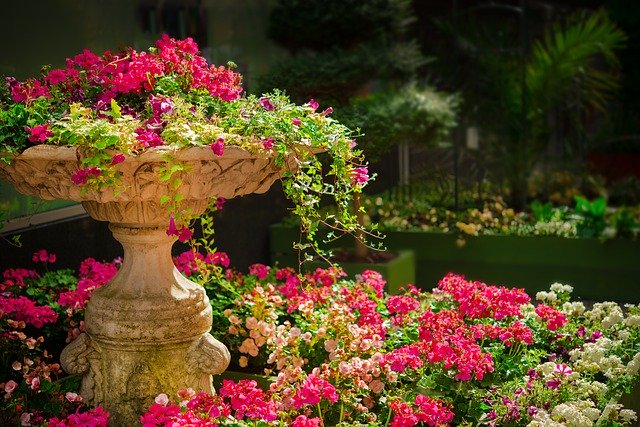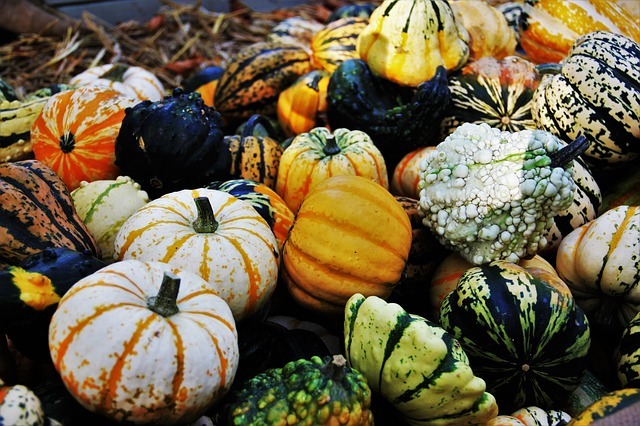Why You Should Build a Greenhouse Alongside Your Homestead Garden
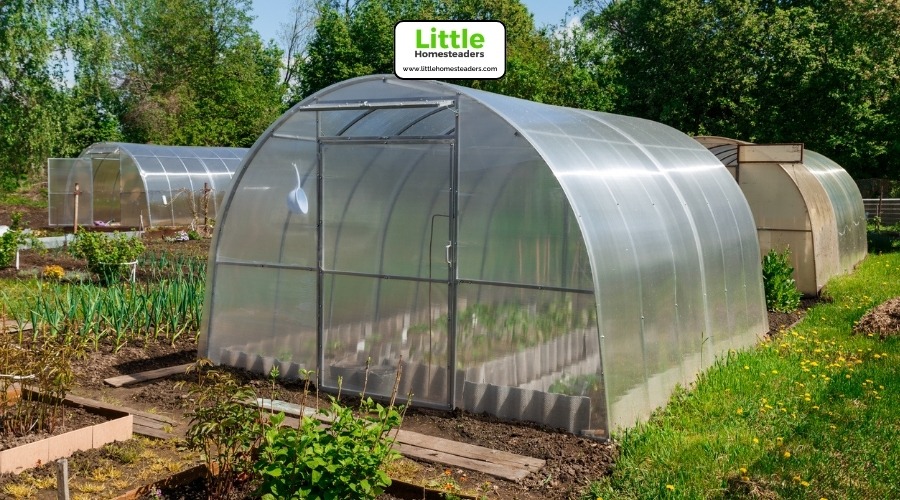
Imagine plucking a ripe tomato in January or harvesting fresh greens in the dead of winter. With a greenhouse integrated into your homestead garden, this dream can become a reality. A greenhouse isn't just a structure; it's an investment in your self-sufficiency, food security, and gardening potential. By creating a controlled environment for your plants, you'll unlock opportunities to grow more, grow smarter, and grow year-round. Let's explore why adding a greenhouse to your homestead garden is one of the smartest decisions you can make.
1. It Extends Your Growing Season
For most gardeners, the growing season feels all too short. Frost and cold temperatures dictate when you can plant and when you must stop. A greenhouse changes all of that. With its ability to retain heat and shield crops from the cold, a greenhouse extends your growing season by several months. This means you can start planting earlier in the spring and keep harvesting well into late fall. For many homesteaders, it effectively turns a six-month gardening window into a year-round opportunity.
In colder climates, a greenhouse allows you to grow crops like tomatoes, peppers, and cucumbers that might struggle outdoors. Meanwhile, in warmer regions, it provides a haven for cool-weather crops such as spinach and lettuce, even during the heat of summer. Imagine having a steady supply of fresh produce no matter the time of year. That's the kind of freedom a greenhouse offers.
But the benefits go beyond just extending your growing season. The ability to start seedlings early in a greenhouse ensures that your plants have a head start when it's time to transplant them outdoors. This advantage can lead to stronger, healthier plants and better harvests overall. Additionally, a greenhouse provides a space to grow winter crops, such as hardy greens, carrots, and even certain herbs, long after outdoor gardening has ceased.
Practical Tip: If you're new to greenhouse gardening, start with hardy crops like kale or Swiss chard during the winter months. They thrive in cooler temperatures and are more forgiving as you learn to manage your greenhouse environment.
2. It Protects Your Crops From Environmental Threats
Weather can be a gardener's best friend or worst enemy. Hailstorms, heavy rain, unexpected frosts, and scorching heat waves can wreak havoc on your garden. A greenhouse acts as a protective shield, safeguarding your plants from these unpredictable elements. Whether it's a late spring frost or an unusually dry summer, your greenhouse will maintain a stable environment for your crops.
Pests and animals are another significant challenge for homesteaders. Deer, rabbits, and insects can quickly undo months of hard work. A greenhouse provides a physical barrier that keeps these intruders at bay. Similarly, it reduces the risk of airborne diseases, which can spread rapidly in an open garden. With fewer external threats to worry about, you can focus on nurturing your plants to their full potential.
Extreme weather events exacerbated by climate change have made gardening more unpredictable than ever. A greenhouse gives you control in an era of uncertainty. For instance, heavy rains that lead to waterlogged soil can damage roots and stunt plant growth. Inside a greenhouse, you can regulate watering and ensure proper drainage, protecting your crops from such risks. Likewise, during heat waves, shade cloths or cooling fans in your greenhouse can prevent plants from overheating.
Practical Tip: To maximize protection, use insect netting or ventilation screens on your greenhouse openings. These additions will keep pests out while allowing fresh air to circulate.
3. It Creates a Controlled Growing Environment
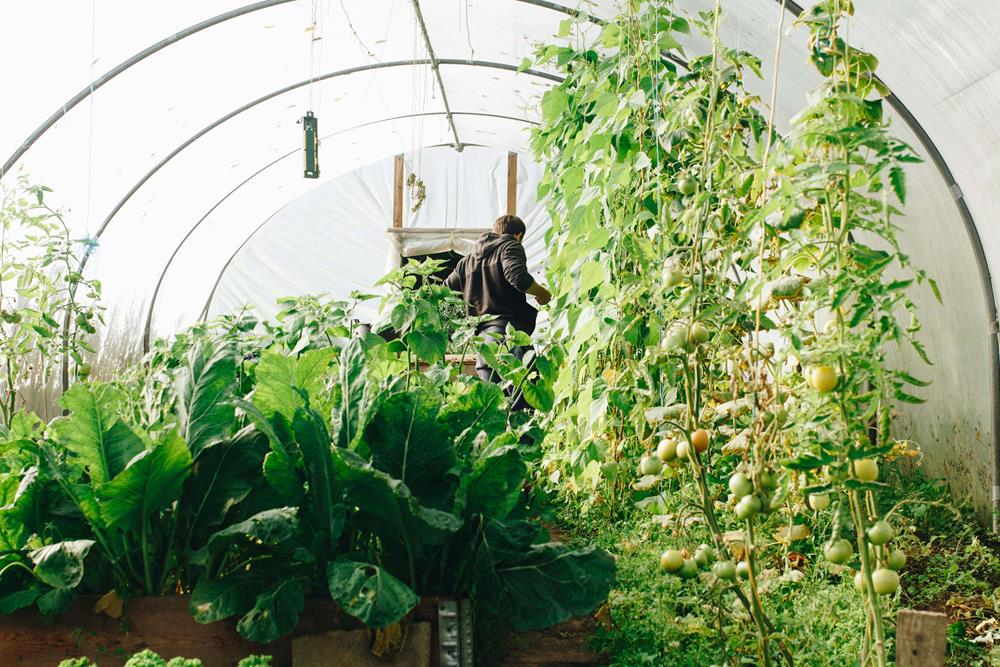
One of the biggest advantages of a greenhouse is the ability to control your plants' environment. Temperature, humidity, airflow—all of these factors can be adjusted to suit the specific needs of your crops. This level of control is especially valuable if you want to grow plants that require particular conditions, like tropical fruits or delicate herbs.
For example, you can maintain a warmer microclimate in your greenhouse, allowing you to grow citrus trees or avocado plants in regions where they wouldn't survive outdoors. By adjusting humidity levels, you can create the perfect conditions for seedlings or moisture-loving crops. And with proper ventilation, you'll avoid issues like mold or overheating.
Managing the greenhouse environment may seem daunting at first, but even simple tools like fans, thermometers, and watering systems can make a significant difference. Over time, as you become familiar with your greenhouse's microclimate, you'll develop an intuitive sense of what your plants need. This experience will make you a better gardener both inside and outside the greenhouse.
Not only does this control lead to healthier plants, but it also makes your gardening efforts more efficient. Greenhouses reduce water loss through evaporation, which means you'll use less water overall. Additionally, the enclosed space allows you to experiment with techniques like drip irrigation or hydroponics for even greater efficiency.
Practical Tip: Invest in a basic thermometer and hygrometer to monitor your greenhouse's climate. As you gain experience, you can upgrade to automated systems for even more precise control.
4. It Expands Your Crop Variety
Have you ever wished you could grow bananas, pineapples, or exotic herbs? With a greenhouse, you're no longer limited to plants that thrive in your local climate. The controlled environment of a greenhouse allows you to experiment with a wide range of crops, including those that require warmer or more stable conditions.
This expanded variety isn't just exciting; it's also practical. Growing specialty crops can reduce your reliance on store-bought produce and introduce new flavors and nutrients into your diet. Plus, it's incredibly satisfying to grow something unique that others might only dream of cultivating.
Greenhouses are particularly valuable for extending the production windows of seasonal crops. For example, warm-weather vegetables like tomatoes and peppers can keep producing well into the cooler months with the right greenhouse setup. This flexibility means fewer gaps in your food supply and a more diverse harvest.
Practical Tip: Research the specific requirements of the plants you want to grow. Tropical fruits, for instance, often need consistent warmth and high humidity, while certain herbs prefer drier conditions.
5. It Helps You Achieve Year-Round Food Production
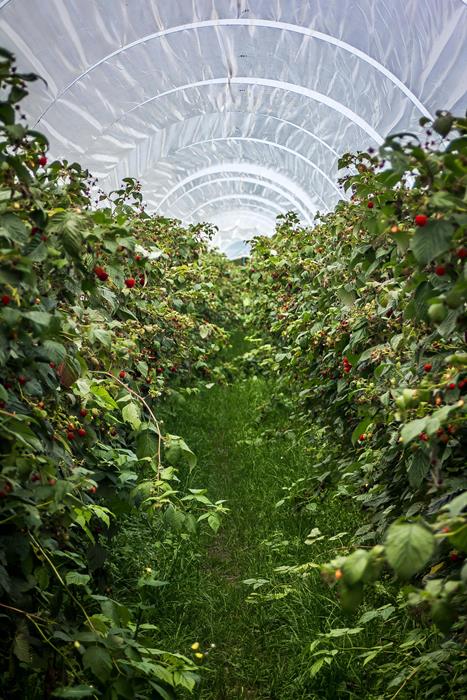
For homesteaders, food security is a top priority. A greenhouse allows you to produce fresh vegetables, fruits, and herbs regardless of the season. This consistency is especially valuable during winter, when outdoor gardening is impossible in most regions.
By extending your growing season and protecting your plants from environmental threats, a greenhouse can boost your annual yields by up to 30%. This not only enhances your self-sufficiency but also reduces your reliance on grocery stores. Imagine the peace of mind that comes from knowing you can provide fresh, homegrown food for your family year-round.
Beyond just vegetables, a greenhouse can also support other aspects of your homestead. For example, you can grow fodder for livestock or start seedlings for an outdoor orchard. This versatility makes a greenhouse a multipurpose asset that supports your entire homesteading ecosystem.
Practical Tip: Plan your greenhouse crops in cycles. For example, grow cool-weather crops in winter and transition to warm-weather crops in spring and summer. This rotation ensures a continuous supply of fresh produce.
6. It's an Investment in Sustainability
Building a greenhouse is more than just a gardening upgrade; it's an investment in your homestead's sustainability. By growing your own food, you reduce your carbon footprint and reliance on industrial agriculture. Greenhouses also make it easier to adopt eco-friendly practices like composting and rainwater harvesting.
Water conservation is another significant benefit. The enclosed environment minimizes water loss, and you can install systems to collect and recycle water within the greenhouse. Over time, these sustainable practices will not only benefit the environment but also save you money.
Additionally, greenhouses offer opportunities for renewable energy integration. Solar-powered fans or heating systems can make your greenhouse even more sustainable. These innovations not only reduce energy costs but also align with the broader goals of self-reliance and environmental stewardship.
Practical Tip: Incorporate compost bins and rainwater barrels into your greenhouse setup to create a closed-loop system that supports both your plants and the planet.
Conclusion
Adding a greenhouse to your homestead garden isn't just about growing plants; it's about creating a more resilient, productive, and sustainable lifestyle. From extending your growing season to protecting your crops and expanding your plant variety, the benefits of a greenhouse are undeniable. Whether you're a seasoned gardener or just starting your homesteading journey, a greenhouse is a powerful tool that can transform the way you grow and enjoy food.
By investing in a greenhouse, you're not just building a structure—you're building a future of abundance and self-reliance. Start planning your greenhouse today and see how it can revolutionize your homestead. Your garden—and your family—will thank you for it.

